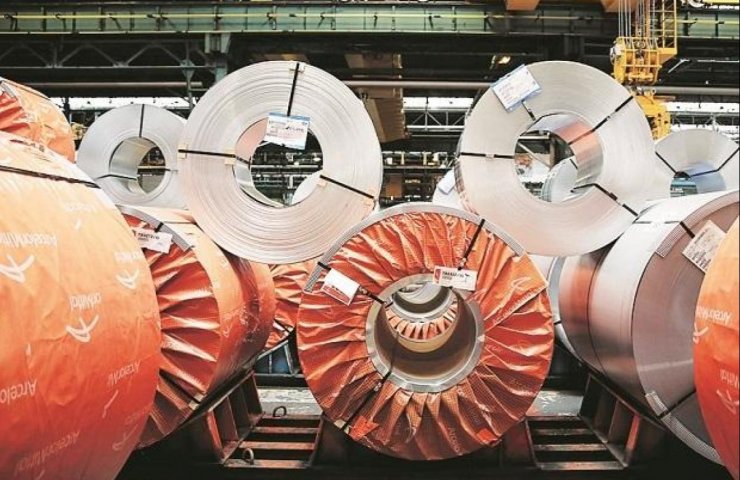In the first quarter of 2021, the US steel market is expected to remain undersupply, while import shortages and insufficient steel production will continue to weigh on the market.
Despite multiple restarts of idle facilities, which were stopped due to the Covid-19 pandemic, according to many market participants, steel producers will not be able to meet demand until the end of the first quarter.
The Steel Service Center Institute (MSCI) of the United States reported that steel shipments in November decreased by only 1.3% compared to the same month in 2019. In May, shipments fell 34.2%. Compared to the same period last year (YoY), the largest percentage decline since the coronavirus pandemic has halted much of the North American economy since mid-March.
Steel stocks in warehouses declined between late March and August as steel demand plummeted as the North American economy adjusted to the realities of the coronavirus pandemic. Approximately 19 million tonnes of metallurgical capacity per year has been suspended.
The American Iron and Steel Institute (AISI) estimates that U.S. rolled steel production for the year to December 19 was 76.95 million tonnes, which is about 16.90 million tonnes, or 18% lower than the same period in 2019 year. The average capacity utilization at the end of 2020 is 67.4 percent, up from 79.8 percent in the same period in 2019.
In mid-August, the US hot rolled coil (HRC) price, according to Argus, dropped to a low of $ 450 per tonne, followed by a rebound in procurement, rapidly increasing lead times from 3 to 8 weeks in September.
As of December 22nd, prices have more than doubled from a mid-August low to $ 977 per tonne with a lead time of 8-9 weeks. Both pricing and lead times are driven by supply-side problems with coronavirus-related iron and steel production downtime and low inventories at steel centers.
World steel prices remain at historically high levels, with Turkey's HRC fob at $ 657.71 per tonne as of December 18, and the Tianjin HRC fob price at $ 621.42 per tonne as of December 22nd. These products will be subject to at least a 25% Section 232 steel tariff, adding to these prices an additional $ 155.36-164.43 per tonne excluding other costs such as freight.
According to preliminary data from the US Department of Commerce, steel imports fell 22% year on year in November to 18.6 million tonnes.
Import has traditionally played the role of providing an inflow of inexpensive metal products to the United States, smoothing out a sharp rise in prices and generally signaling the end of the price rally. Few market participants believe that imports to the US will be significant this time around, and the high prices seem poised to hold out for a while.




